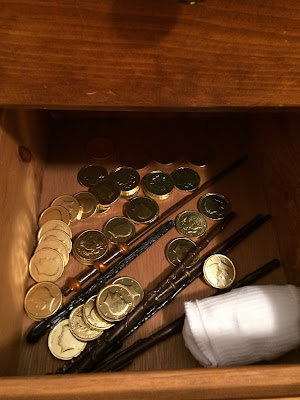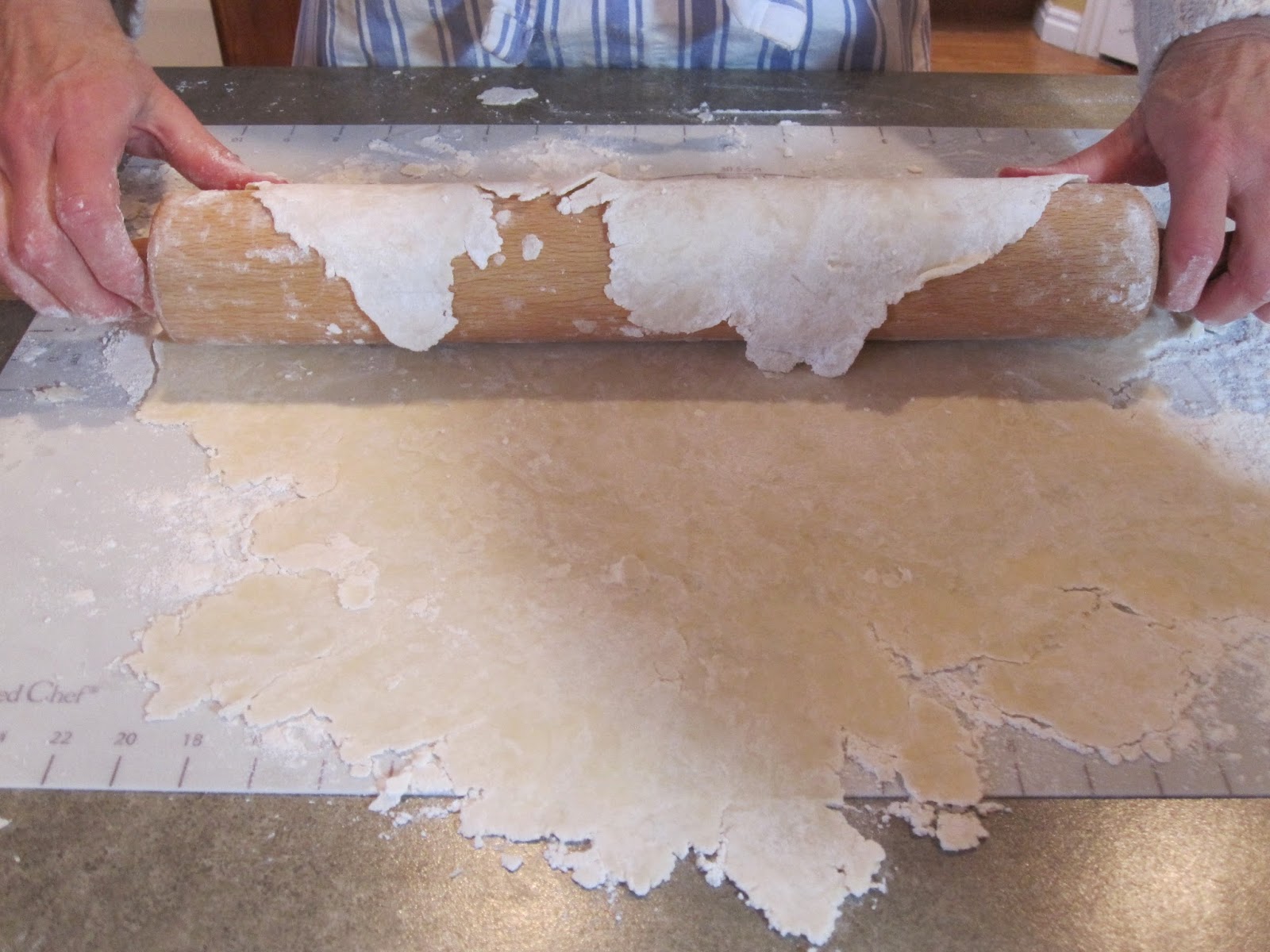Shortly after my picture book,
The Wheat Doll,was published I decided it would be fun to have a real doll with wheat inside that I could take to schools and book signings. The only problem was I didn't know how to make a wheat doll. I was pretty sure that no living person did. So I studied how some of the pioneers made their dolls and combined that with the doll making experience I already had. This is the pattern I came up with. I can't claim that it's authentic to the 19th century, but it is a handmade doll, filled with wheat.
This doll is one of several I've made. In true pioneer fashion I always use the fabrics and materials I have on hand. If you'd like to make one yourself, I'll give you a rundown with photos. Print out
complete instructions here, along with a pattern for her
body and her
dress.
Once you've printed out the pattern, cut out the pieces. Fold the fabric for her body with right sides together and place the pattern pieces on the fabric. Trace around them. The tracing line will be your sewing line.
As long as we've got the patterns handy, let's cut out her dress, too. Place the top of the pattern along the fold, as indicated. Pin and cut out.
Don't forget to snip the two places indicated on the pattern. This is where the neck will be.
Cut along the fold, from snip to snip.
Now head to your iron and press the part you just cut to make a neck hole. While you're at it, iron hems in the sleeves and both bottom edges of the dress. Stitch the hems down. (I know it's strange to sew the hems before doing the side seams, but trust me. It's better this way.)
With a narrow zigzag stitch, sew around the neck. Using 1/4" seam, sew up the side seams and under the sleeves. Clip into the angle under the arms, close to the stitching, before turning the dress right side out.
Next, let's do the apron, After cutting out the square of fabric, iron and hem three sides of the apron. Tuck the ribbon under the hem on the fourth side and sew it down. Apron and dress are done. Easy, huh?
Now let's work on the doll. It's a bit more difficult.
Stitch along the lines you've traced, leaving the tops of the arms and legs open. Leave an opening at the top of the doll's head, as indicated on the pattern.
Cut out the arms, legs and body, about 1/8" away from the stitched line.
Clip into the curves at the neck, being careful not to snip the stitching. Turn the pieces right sides out.
The next step is to fill the pieces with wheat. Wheat berries can be found at home storage or whole foods stores. You could also use rice. Insert a funnel into the tops of the arms, legs and head and pour in the wheat. Use a chopstick on occasion to tamp down the wheat until the doll is as firm as you'd like. The firmer she is, the better she'll sit up.

Whip stitched the top of the head closed. A bit eerie at this point, isn't she?

Fold the tops of the arms and legs over and whip stitch them to the shoulders and the bottom front of the torso.
The body's done. All we need are the finishing touches.
I like to insert pins to help me position the eyes, nose and mouth.
Using three or more strands of embroidery floss makes the stitching go easier. Insert a long threaded needle through the back of the head and come out where the pins are. Leave a tail in the back for tying. I used satin stitch for the eyes. One long and two short stitches on either side for the nose. For the mouth, either back stitch, stem stitch or chain stitch will work. After embroidering each feature, take your needle back through the head and tie the ends in back.
Don't worry. Her hair will cover them up.
Time for the hair: wrap your yarn around a seven-inch piece of cardboard, or a book cover, as I did here. Slide it off and cut through one side so that you have a bundle of hair 14 inches long, and three inches wide.
Place the bundle under your sewing machine at the halfway point. Stitch, using matching thread. This will be the doll's center part.
Get her dressed before you sewon her hair. Blush her cheeks, while you're at it.
Now place the yarn at the top of her head, about 1/2 - 3/4" down on her forehead. Bring a threaded needle through the back of her head, like you did with her face, and take circular back stitches around the hair at the part and down through her scalp. Sounds painful, doesn't it? Let's not think about it. If you want her hair to lie straight, take a few more stitches around her head, catching a bit of hair in each stitch to fasten it down.
Or you can braid it.
Isn't she cute?




























.JPG)
.JPG)
.JPG)
.JPG)
.JPG)


























